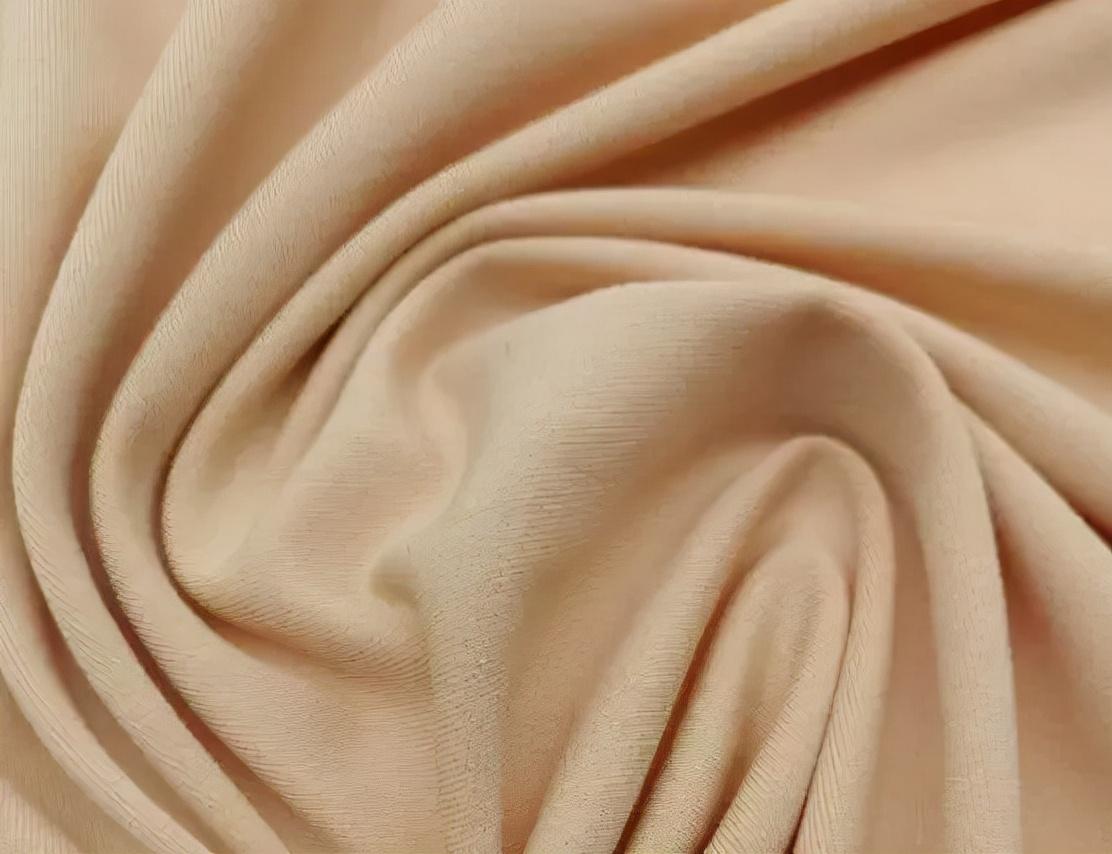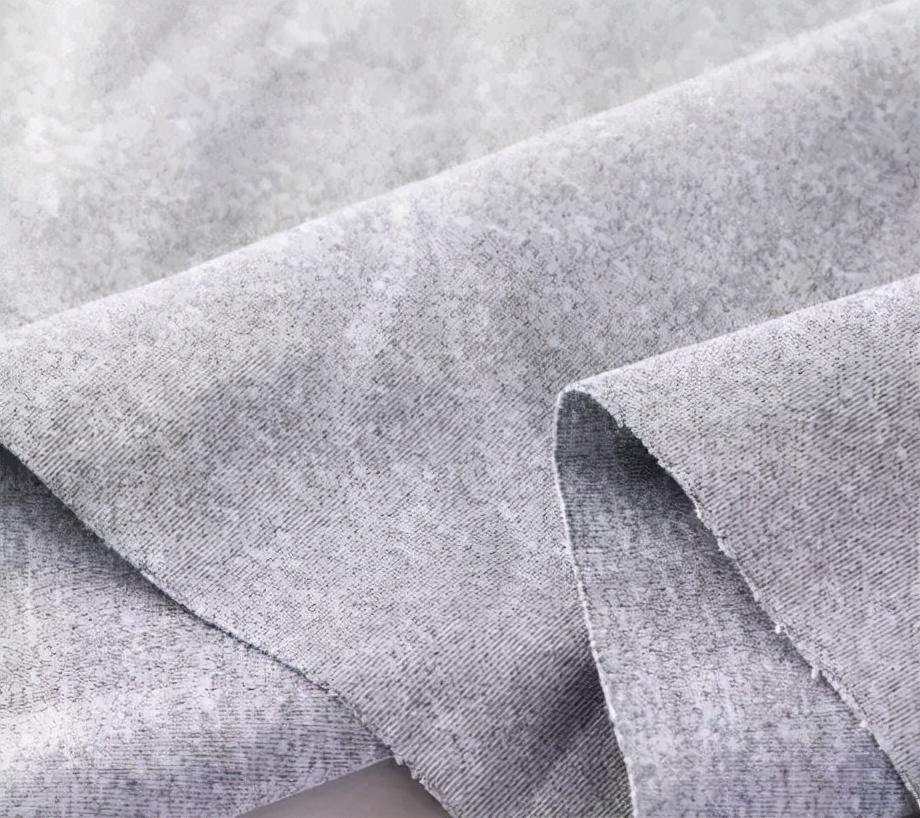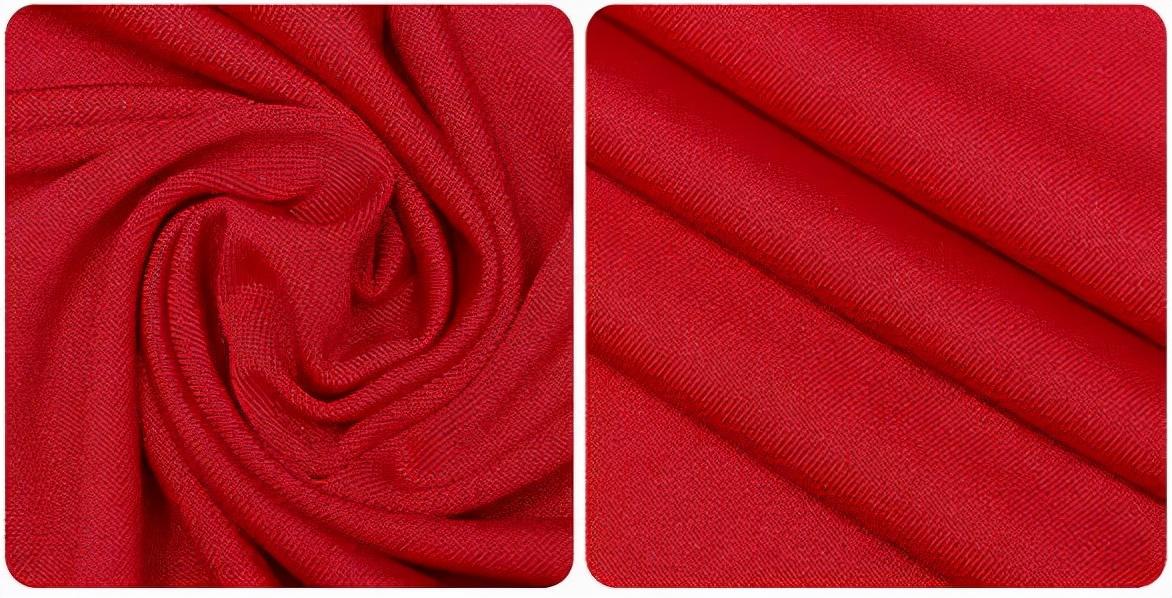There are many factors that affect the raising effect of knitted fabrics, including fiber properties, yarn and fabric structures, card clothing specifications, card clothing grinding, the running status and operation of the raising machine, and the conditions before raising. Dyeing, finishing and fleece processing, etc.
1. Fleece fabric
(1)Fiber type. The surface of cotton fiber is smoother and stronger. The possibility of being broken during raising is much smaller than the possibility of being pulled out. You can use strong needle bar, sharp hook or new card cloth to improve the scratching effect. Guarantee good raising effect.
(2) Fiber fineness and length. Generally, the shorter the fiber length, the thicker the linear density of the yarn, the smaller the reduction in fabric strength after raising, which is beneficial to the raising process; conversely, the longer the fiber, the greater the friction between the fibers after the yarn is formed, making the yarn difficult to disintegrate and raising the yarn. difficulty. Better raising effects can be achieved with fine-staple cotton or a blend of fine-staple cotton and coarse-staple cotton. For chemical fibers, coarse fiber fibers can achieve a good raising style.
(3) Yarn count and twist. General yarn count and twist requirements for fleece knitted fabrics, single yarn 300~320 twist/m, Ply yarn 320~360 twist/m. Combed yarn has a high twist, smooth surface, and even stems, and is not suitable for raising; the yarn has a small twist, uniform thickness, and low count, which is convenient for the appearance of plump hair after raising; knitting yarn has a small twist and uniform thickness. , good softness, good smoothness and strength, good extensibility, and can also be used for raising.
(4)Coil density. Knitted fabrics with high density are prone to lint, whereas conversely, knitted fabrics are less prone to lint. Generally speaking, low density produces long and sparse villi, while high density produces thin and short villi. Knitted fabrics that can be fully shrunk during the bleaching and dyeing process are prone to lint. Knitted fabrics that have been tentered are easier to fluff than knitted fabrics that have not been tented.

Figure 1 Knitted fleece fabric
2. Dyeing and finishing
The raising of cotton knitted fabrics includes gray cloth raising, bleaching raising and dyeing raising. Different pre-nap processing treatments will lead to differences in the ease of raising fabrics and raising effects. Woolen cloth is easier to fluff because it contains wax that acts as a lubricant. Bleached or light-colored knitted fabrics require strict scouring and bleaching to remove the wax on the fibers. When fluffing, the fibers are easy to break and the fabric is damaged. Damage, therefore, bleached or dyed knitted fabrics should be softened first and then raised. Most dark-colored fabrics are not bleached, which is good for raising, but because there are relatively many dyes and chemicals on the fabrics,
It will increase the fiber friction coefficient, which is not conducive to fluffing. Fabrics dyed with different dyes have different nap difficulty. Light colors dyed with direct dyes are difficult to nap, while dark colors are easy to nap. The opposite is true for reactive dyes. The reason may be that a large amount of salt is used when dyeing dark colors, which increases the friction coefficient of the fiber. .
It is advisable to dry the fleece knitted fabric evenly and thoroughly. The drying temperature of chemical fiber knitted fabrics is controlled at 70~80℃.��The drying temperature of knitted fabrics is controlled at 90~100℃
, at this temperature, the fabric is fluffy and the oil wax softens, making it easy to fluff. The optimal moisture regain rate of the pile knitted fabric after drying should be: cotton 6~8%, nylon 3.5~5%, acrylic 1.2~2%, polyester 0.4~0.5%. The fleece cotton knitted fabric has a high moisture regain and is difficult to fleece. At the same time, it is easy to cause warp wrinkles, so it generally has to rise with drying. This is especially true when the workshop temperature is low or when knitted fabrics that are not easy to fluff are fluffed.

Picture 2 Polyester and polyurethane stretch knitting
3. Raising process
(1)Luffing method. According to the dry and wet state of the fabric during processing, there are three common raising methods: dry raising, wet raising and water raising, which refer to the raising of the fabric in a dry state, a moistened state and a water-filled state respectively. Knitted fabrics basically use the dry starting method.
(2) Raising times and fabric speed. Distributed raising is usually used, and the intensity of the raising is gradually strengthened from weak to weak. In this way, the fluff produced is thick and uniform, and can avoid excessive damage to the fabric caused by strong raising in one step. The general rule is to reduce the pile force and increase the number of piles, that is, to lighten the pile multiple times. The cloth speed is too low during raising, the fabric contacts the card roller for a long time, the raising effect is large, and the production efficiency is low. The cloth speed is generally controlled at 5~20m/min.
(3) Fleece temperature. For cotton knitted fabrics, increasing the fabric temperature is beneficial to raising lint. Because the increase in cloth temperature will cause the fabric to swell and soften the wax, it will become prone to lint. When the workshop temperature is low or when raising knitted fabrics that are not easy to raise, the fabric must first be heated by the drying cylinder on the raising machine.
(4) Combination of clockwise roller and counter-needle roller. From the perspective of the pile effect, the PR roller is suitable for raising long pile and the CPR roller is suitable for short pile. If the speed difference between the two rollers is too large, it will cause the fabric to wrinkle due to uneven longitudinal tension on the large pile roller, resulting in pile marks. The general ratio is controlled within the range of 1:1.2~1:1.5.

Picture 3 Milk silk jersey stretch fabric
4. Evaluation of fleece effect
After the fabric is raised, the strength, weight, thickness, width, length, etc. have been greatly changed. Some major performance indicators, such as pile compression elasticity, breathability and warmth, and pilling property, etc., which is of great significance to the evaluation of the raising effect and raising quality.
The evaluation of the fleece effect of knitted fabrics includes sensory evaluation method, instrumental measurement method and comprehensive evaluation method. The fabric’s pile density, length, gloss, uniformity, feel, coverage, elegance and other commonly used senses are judged by sight and touch. Indicators such as strength, thickness, elasticity, and wear resistance can be measured with corresponding instruments. The comprehensive evaluation method combines sensory values such as fabric feel and style with instrumental measurements to comprehensively evaluate product quality.






